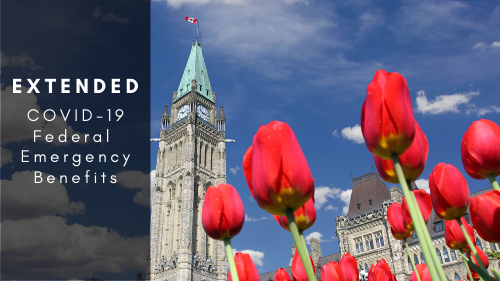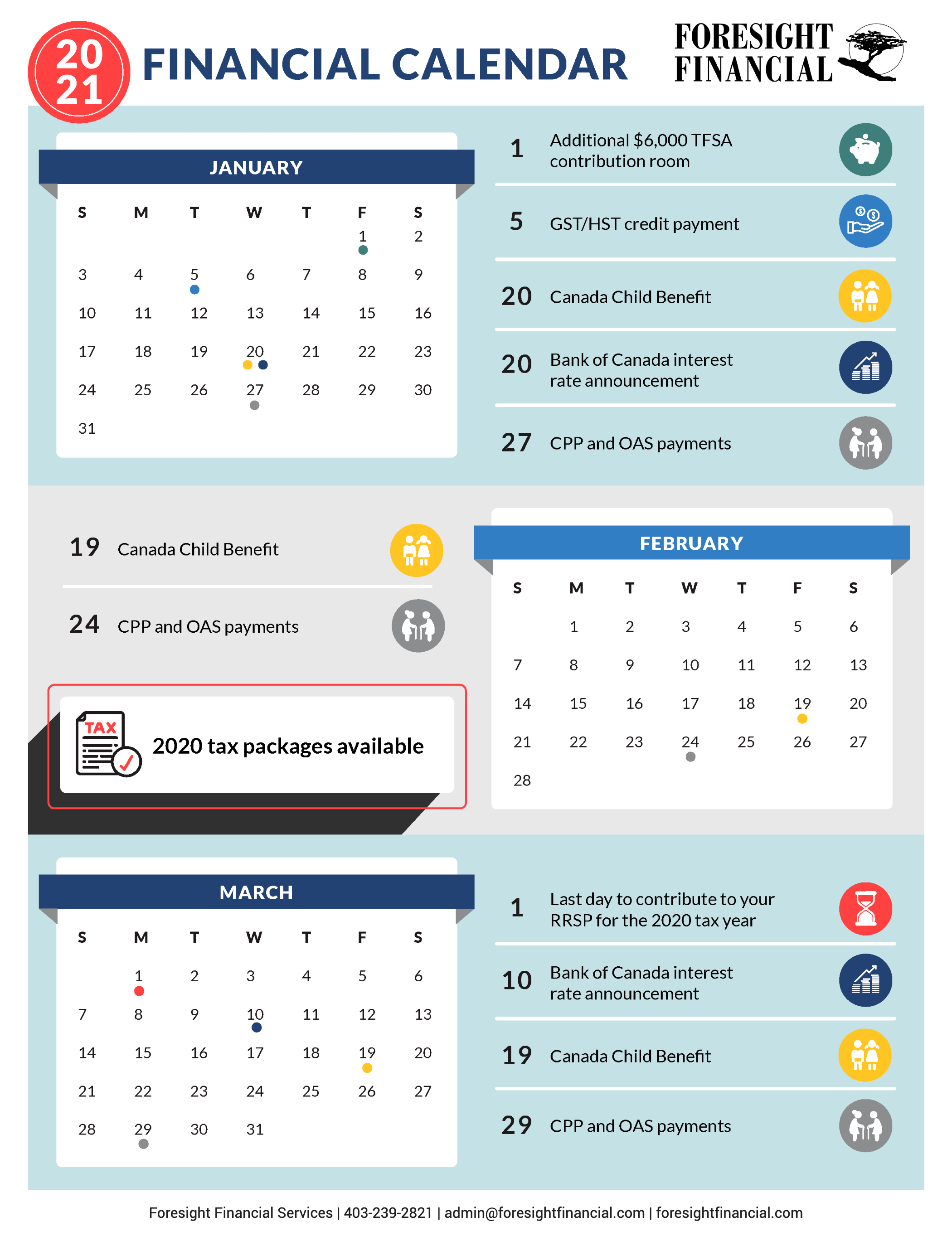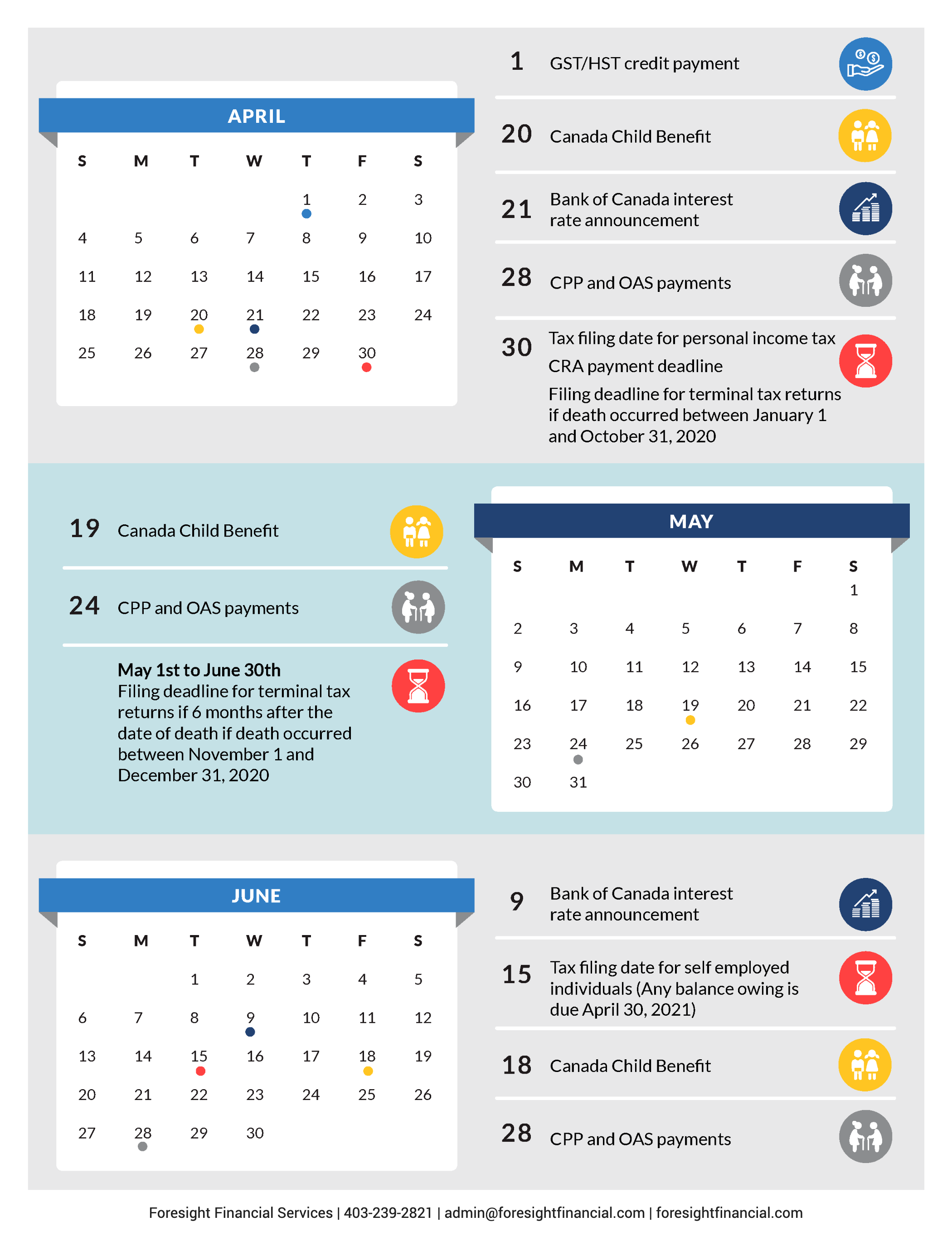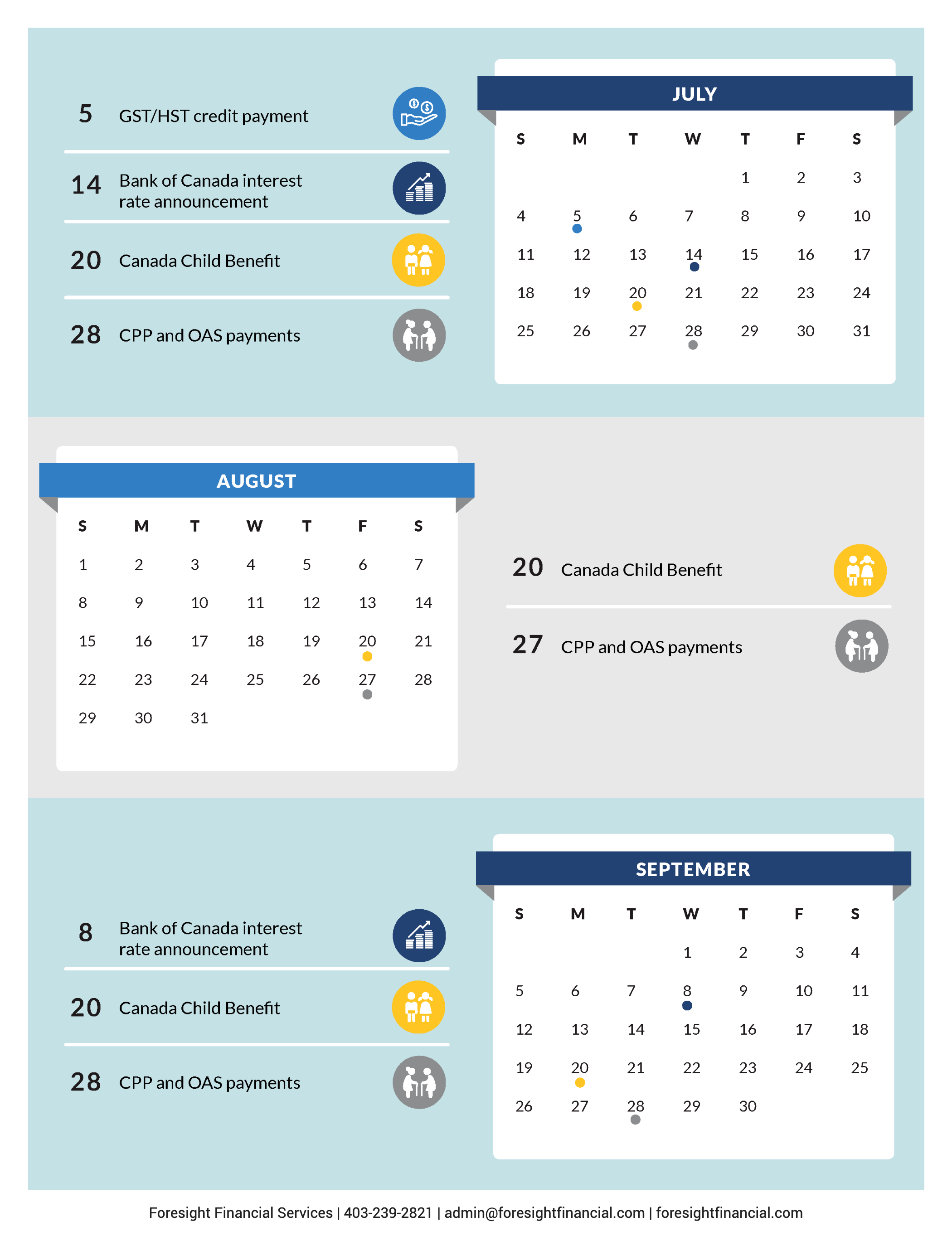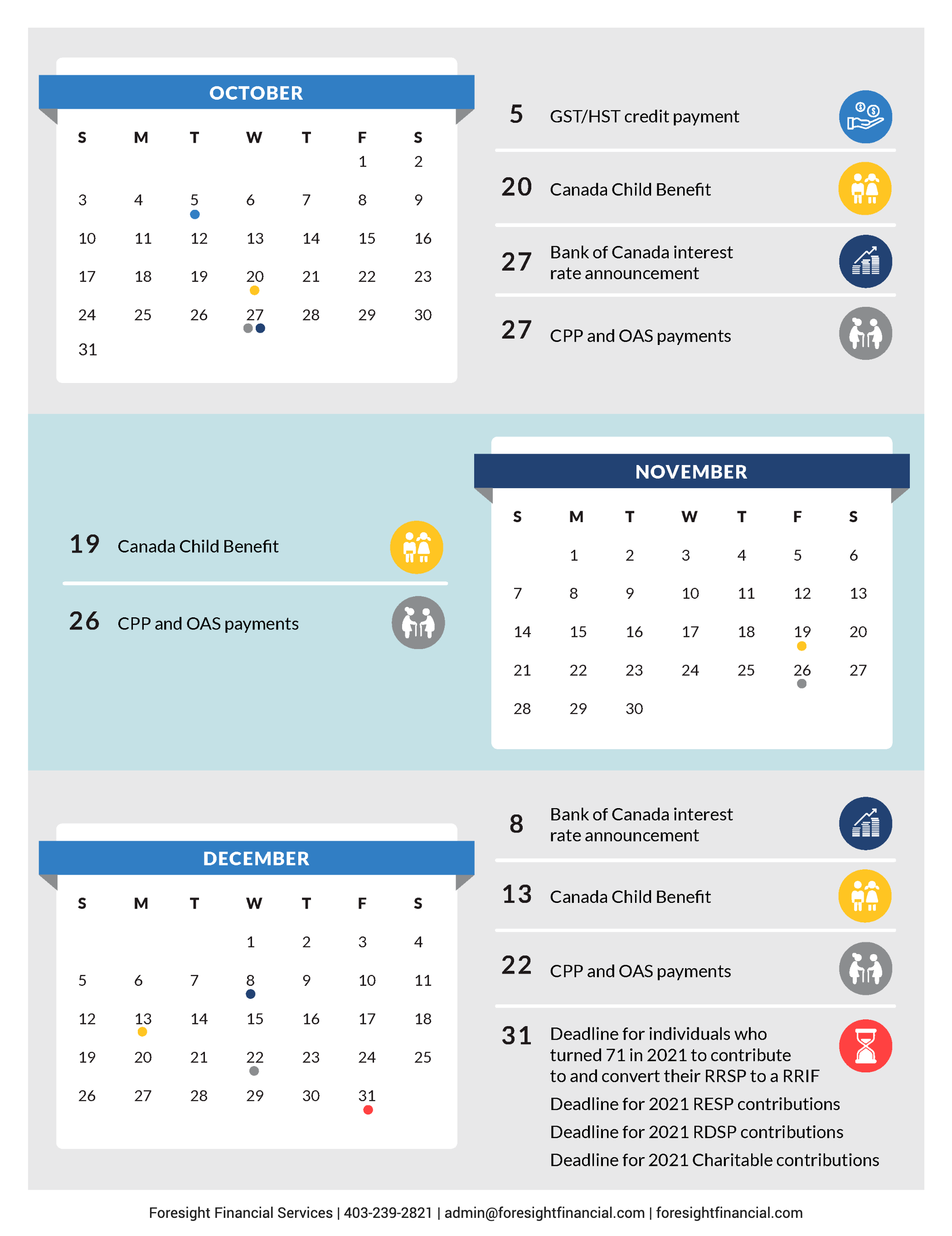
Protecting Your Family
Let’s face it, raising a family today can be financially challenging. The cost of living continues to increase, housing costs are rising along with education and extra-curricular activities for our children. It is tough to make ends meet and still have something left over at the end of each month.
Most families today require both parents to work to afford the lifestyle they enjoy. Losing one of those incomes through premature death, illness or a disability is a real risk that many families would have a difficult time facing emotionally and financially.
How do you protect your family?
-
Life insurance is designed to protect your family by providing the resource to replace income, pay off debt, and fund future education costs in the event that one of the parents dies.
-
Disability, or income replacement insurance, is designed to replace lost income if an individual is not able to work due to accident or sickness.
-
Critical Illness insurance will pay a lump sum benefit in the event of a diagnosis of many major illnesses.
If you and your spouse work for a company that provides employee benefits, you may already be insured for both life and disability insurance and in some cases critical illness. Be aware that for the most part, employee benefit programs provide only a minimum amount of life insurance, usually based on one or two years of income. If long term disability coverage is provided it may be enough for personal needs but that is not always the case. Each situation is different, so it’s important that you and your spouse review your respective plan information to ensure that you have sufficient coverage in place. There are options to top up your coverage either through your group insurance or individually.
How much life insurance do you need?
If you or your spouse dies, the family will require a lump sum of capital to replace earned income. You should aim to have enough cash for the following needs:
-
insurance to pay off any outstanding debts and mortgages
-
enough income from the invested capital to replace the lost income
-
an amount to cover future education costs
Think life insurance premiums are too expensive?
Term insurance is an affordable solution for a growing family with a tight budget. A 35-year-old non-smoking male can purchase $1,000,000 of ten-year renewable term insurance for less than $40.00 per month. A non-smoking female of the same age would pay less than $30.00 per month for the same coverage. A relatively small cost to protect a family for a total of $2,000,000 of tax free benefit in the event of an untimely death.
Let’s have a discussion about how we can build a program of protection specifically designed for your needs and circumstances. Knowing what the needs are and what protection is in place goes a long way to providing peace of mind.
Copyright © 2023 FSB Content Marketing Inc – All Rights Reserved


